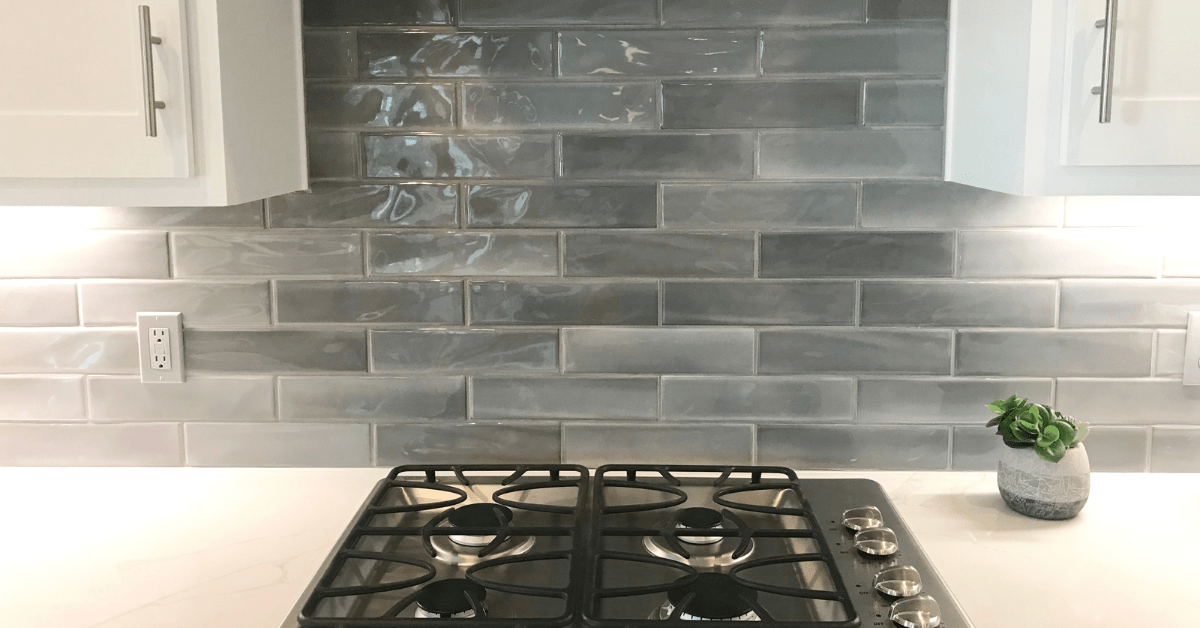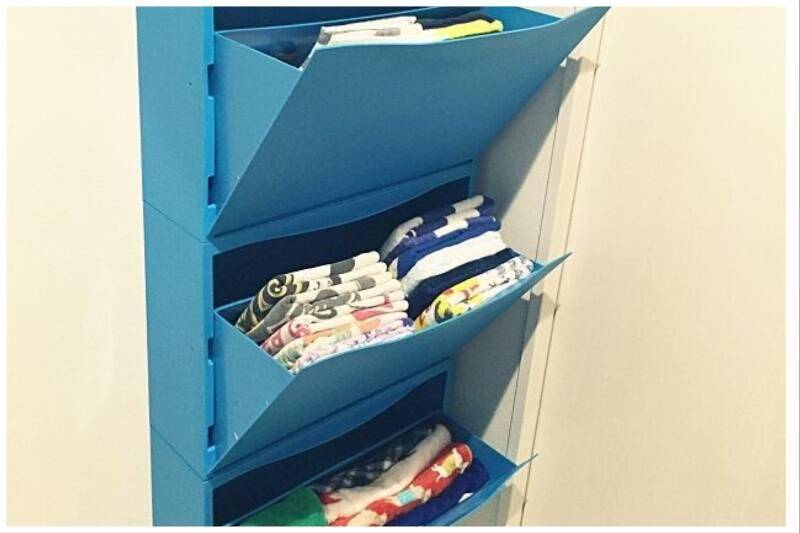Creative Footprint project finds numbers behind nightlife?s impact

A new project rates the size and strength of a city?s nightlife scene, starting with Berlin A city?s cultural capital, and the breadth of its arts and nightlife scenes, can often be the factors that make urban life exciting and enjoyable. A newly launched initiative pairing leading researchers with club industry experts seeks put facts and figures behind concerts, clubs, and galleries, giving residents and local government a better sense of their impact.
Called the Creative Footprint, the new non-profit initiative seeks to ?protect creative space and artistic freedom through civic engagement? by measuring and indexing urban creative spaces in the world?s global cities. Ideally, the information can be used as a means to help advocate for progressive regulations. Led by Lutz Leichsenring, head of the Berlin Clubcommission, a nightlife industry advocacy group formed in 2000, the partnership is supported by Black Circle Media and Red Bull, and taps into extensive research by Musicboard Berlin and Harvard University. Leichsenring has seen how much impact nightlife can have on a city. Berlin?s night-time economy is estimated to generate $82.4 million a year and employ 8 percent of workforce, according to economic consultant TBR.
?By coupling a broad set of criteria with expert local insight, the Creative Footprint will develop the world?s first index of creative space and advocate for the value of nurturing vibrant arts scenes, help to save jobs as well as create a basis ...
| -------------------------------- |
| EMPALME ESCALONADO. Vocabulario arquitectónico. |
|
|












